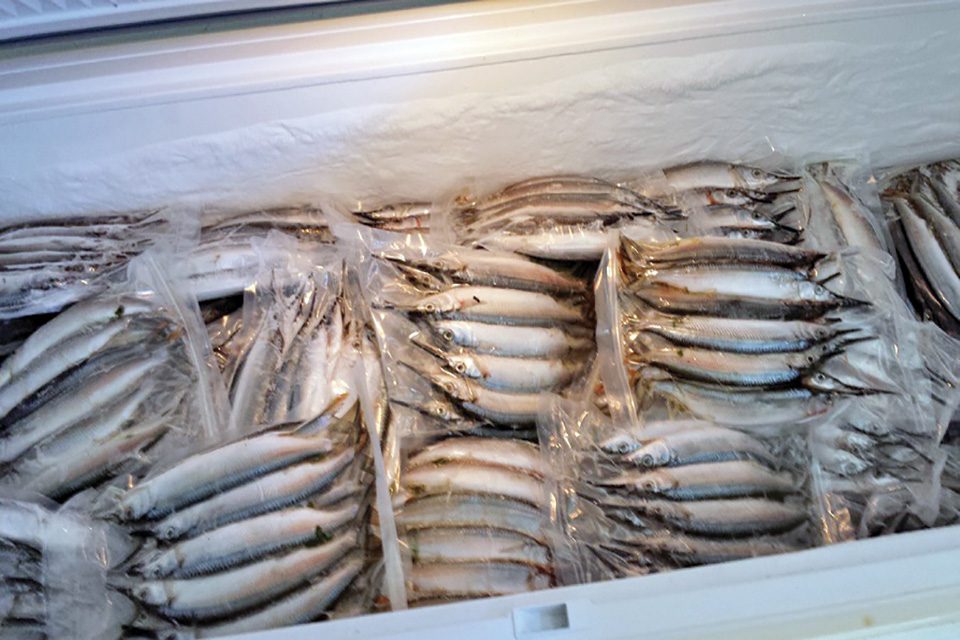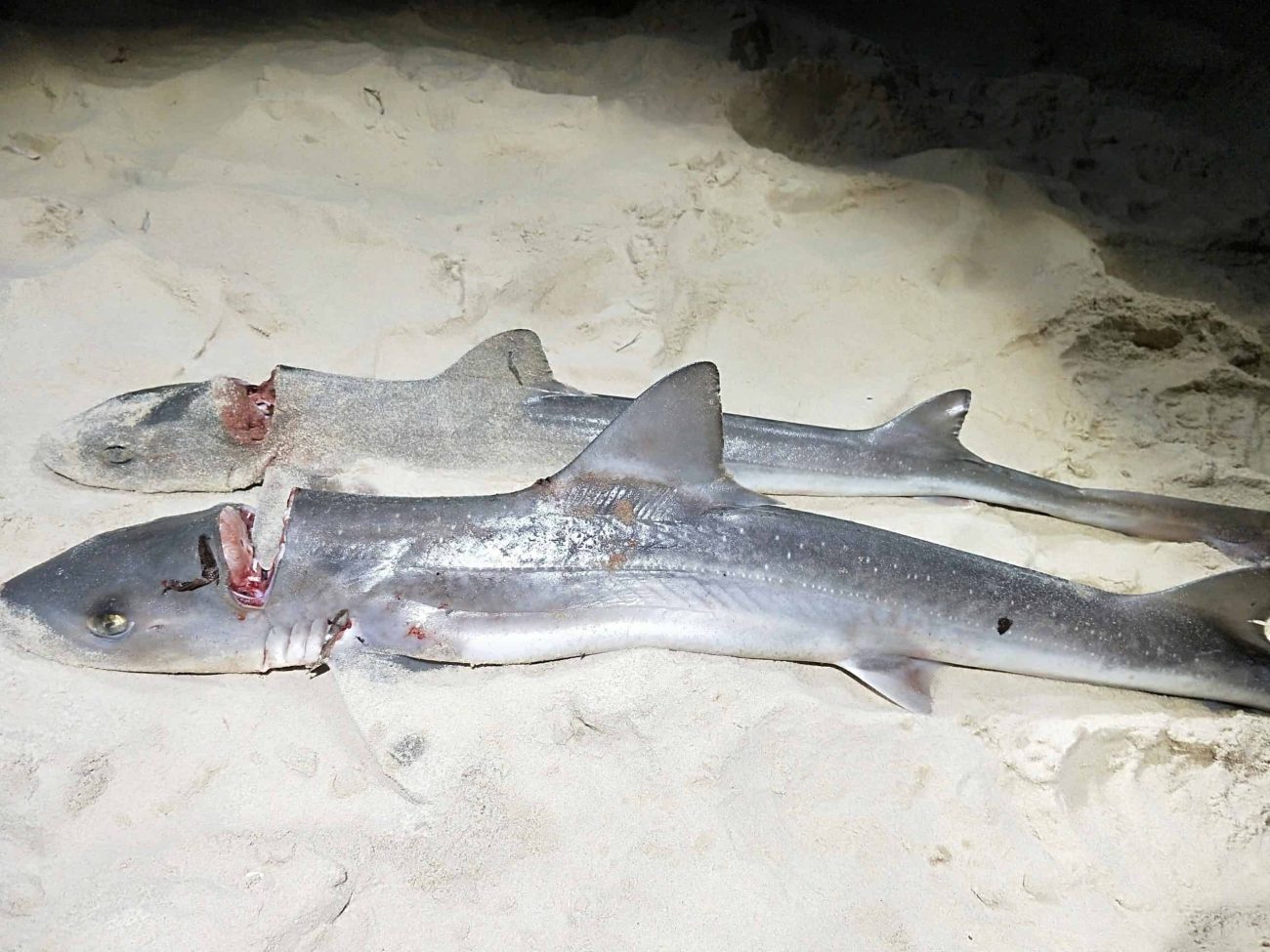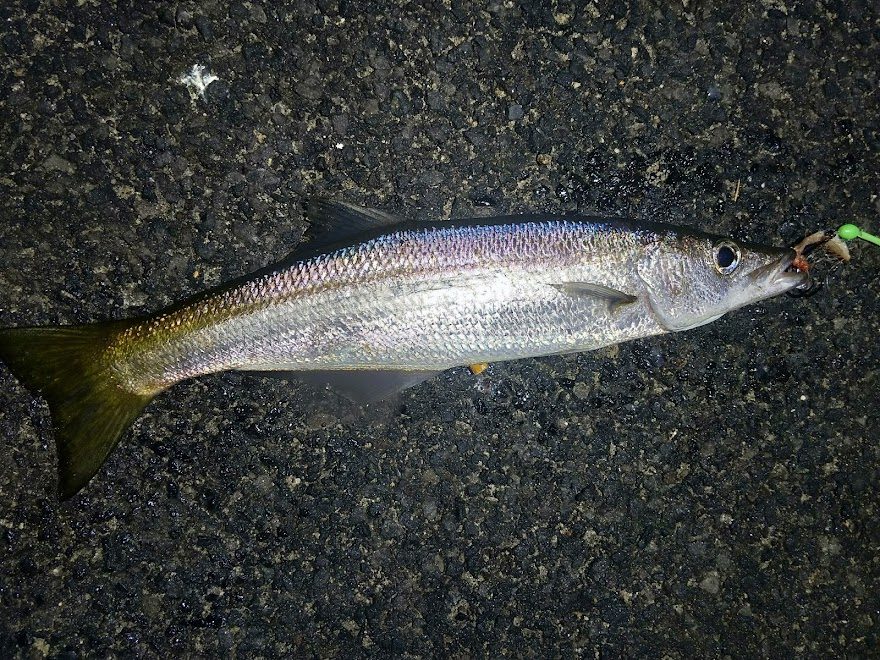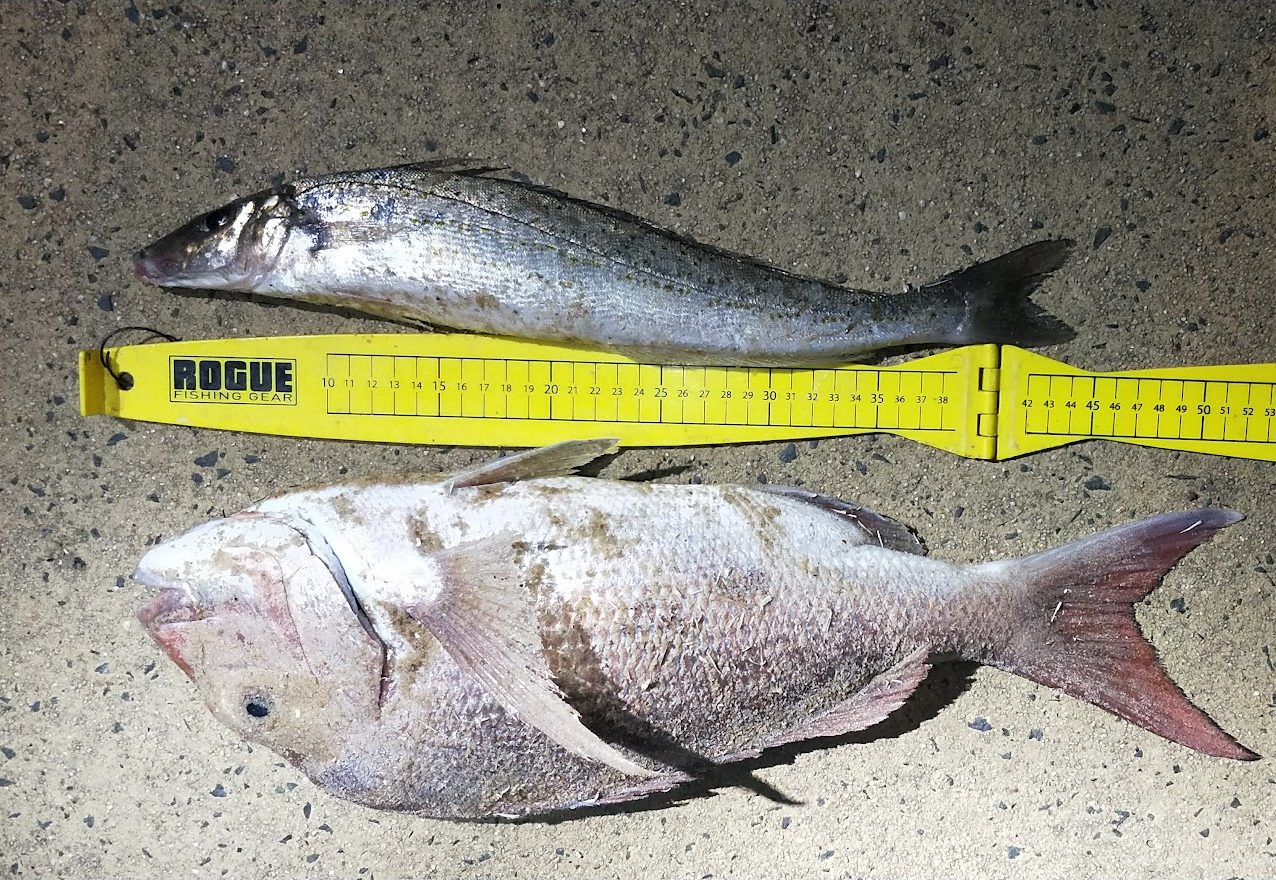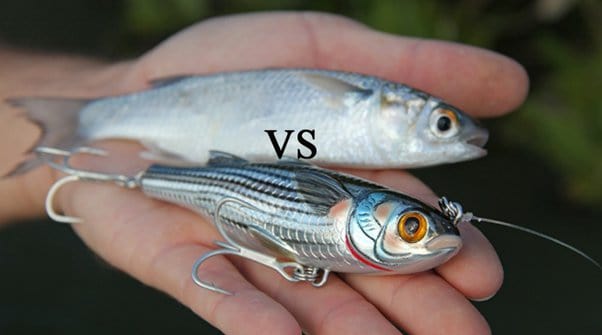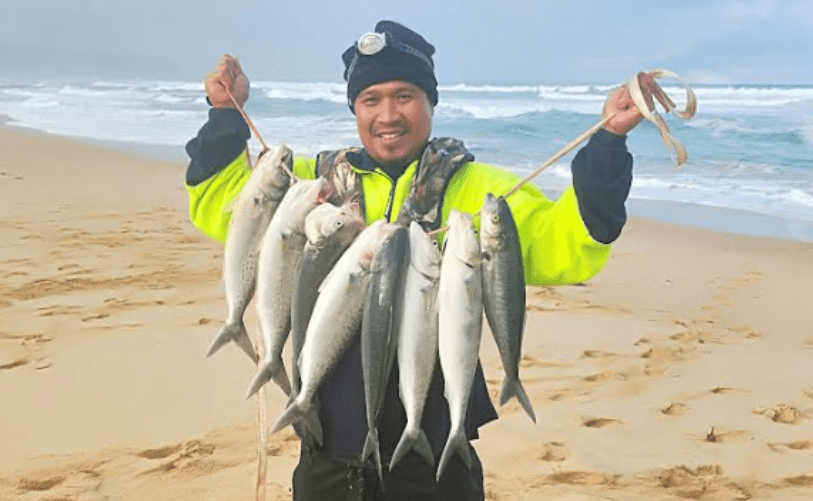Fishing is a popular pastime in Australia, with thousands of anglers hitting the water every day in search of their next big catch. Whether you’re a seasoned pro or a beginner, having the right bait can make all the difference when it comes to catching fish.
In Australia, there are a wide variety of fishing baits available, ranging from live bait to artificial lures. Each type of bait has its own unique advantages and disadvantages, and the type of bait you choose will often depend on the species of fish you are targeting and the location where you are fishing.
Live Bait
Live bait is one of the most effective types of bait for catching fish in Australia. Live bait can be purchased from bait shops, or caught yourself using a cast net or a trap. Some popular types of live bait used in Australia include worms, prawns, yabbies, and various species of baitfish.
Live bait can be used for targeting a range of species, from bream and flathead in estuaries to barramundi and mangrove jack in the tropics. When using live bait, it’s important to keep it healthy and active, as this will make it more attractive to fish. Live bait should be kept in a suitable container with plenty of water, and changed regularly to ensure it stays fresh.
Soft Plastic Lures
Soft plastic lures are a popular type of bait used by many anglers in Australia. These lures come in a variety of shapes, sizes, and colours, and are designed to mimic the appearance and movement of live bait. Soft plastics can be rigged with a weighted jighead or a weedless hook, and can be used to target a range of species, including flathead, bream, and snapper.
One of the advantages of using soft plastics is that they can be fished in a variety of ways, including slow-rolling along the bottom, twitching and pausing to mimic injured prey, or retrieved quickly to imitate a fleeing baitfish. Soft plastics can also be scented with attractant to make them even more appealing to fish.
Hard-Bodied Lures
Hard-bodied lures are another popular type of bait used by anglers in Australia. These lures come in a range of styles, including minnows, poppers, and surface walkers, and are designed to imitate the movement and appearance of live bait. Hard-bodied lures can be used to target a range of species, including barramundi, tailor, and tuna.
One of the advantages of using hard-bodied lures is that they can be cast over long distances, allowing you to cover a large area of water. Hard-bodied lures can also be worked in a variety of ways, from a slow and steady retrieve to a fast and erratic retrieve, to imitate a variety of prey species.
Artificial Flies
Artificial flies are a type of bait commonly used by fly fishermen in Australia. These lures are designed to imitate the appearance and movement of insects and other small prey, and can be used to target a range of species, including trout, salmon, and bream.
Artificial flies come in a range of styles and sizes, and can be made from a variety of materials, including feathers, fur, and synthetic materials. When using artificial flies, it’s important to match the size and colour of the fly to the natural prey found in the area.
Frozen Bait
There are many different types of fishing bait used in Australia, depending on the species of fish you are targeting and the location where you are fishing. Some common types of bait include:
Pilchards – a small baitfish that is popular for targeting a variety of species, including salmon, snapper, and mackerel.
Squid – a versatile bait that can be used for targeting a range of fish, including snapper, flathead, and squid itself.
Prawns – a popular bait for targeting bream, whiting, and flathead in estuaries and shallow waters.
Worms – a classic bait that is effective for catching a range of species, including bream, flathead, and mullet.
Crabs – a bait used for targeting mud crabs, blue swimmer crabs, and other crustaceans.
When it comes to targeting specific fish in Australia, the best bait to use can vary depending on the species and location. Some popular fish and their preferred baits include:
Barramundi – live or dead bait such as mullet, prawns, or squid are effective for targeting this popular sportfish.
Flathead – soft plastics, hard-bodied lures, and bait such as prawns or worms are all effective for targeting this species.
Bream – small baits such as worms, prawns, and small pieces of chicken are popular for targeting bream in estuaries and shallow waters.
Australian salmon – metal slugs, soft plastics, and bait such as pilchards or whitebait are all effective for targeting this fast and hard-fighting fish.
Snapper – pilchards, squid, and other baitfish are popular for targeting snapper in deeper waters.
The best bait to use for fishing in Australia will depend on the location and the species of fish you are targeting. It’s always a good idea to do some research and ask local experts for advice to ensure that you’re using the most effective bait for your target species.
Conclusion
In conclusion, there are many different types of fishing bait available in Australia, each with its own unique advantages and disadvantages. Whether you’re using live bait, soft plastics, hard-bodied lures, or artificial flies, it’s important to choose the right bait for the species of fish you are targeting and the location where you are fishing.
By experimenting with different types of bait and fishing techniques, you can find what works best for you and improve your chances of catching fish. Additionally, it’s important to consider the time of day, tides, and weather conditions when fishing, as these factors can also have a significant impact on your success.
When choosing your bait, it’s important to consider the natural prey found in the area, as well as the feeding habits of the fish you are targeting. For example, if you are fishing in an area where prawns are abundant, using a prawn as bait may be more effective than using a worm or a lure.
It’s also important to consider the size and weight of your bait, as well as the type of hook you are using. A hook that is too large or too small may reduce your chances of catching fish, while a hook that is too light may not be strong enough to handle the weight of a larger fish.
Overall, choosing the right bait for your fishing trip can greatly improve your chances of success. Whether you’re using live bait, soft plastics, hard-bodied lures, or artificial flies, taking the time to research and experiment with different types of bait and fishing techniques can help you become a more successful angler. Happy fishing!

